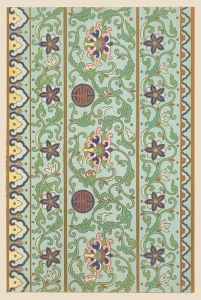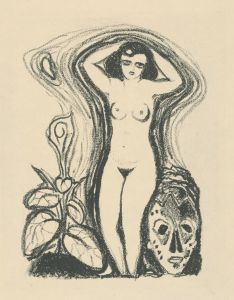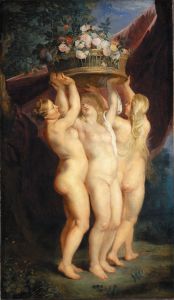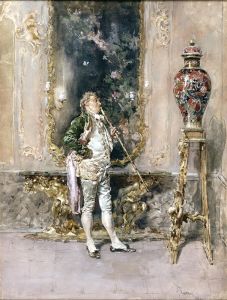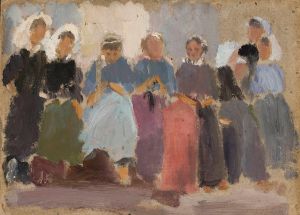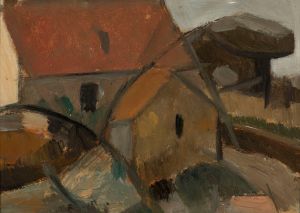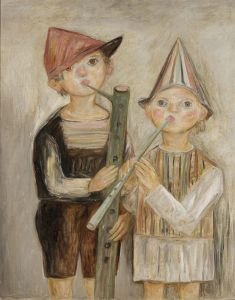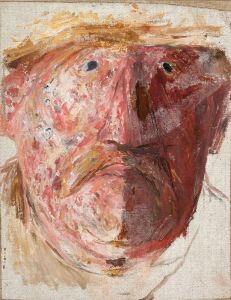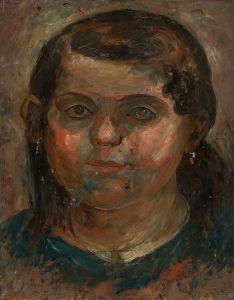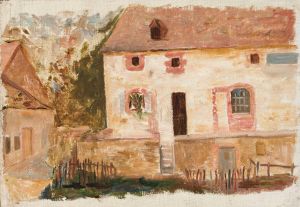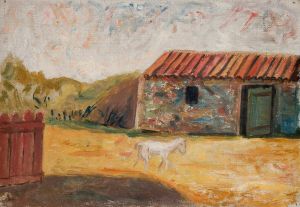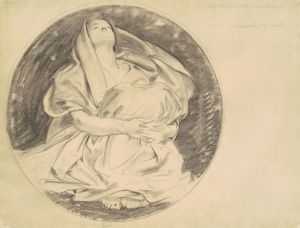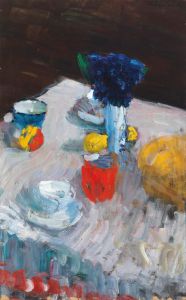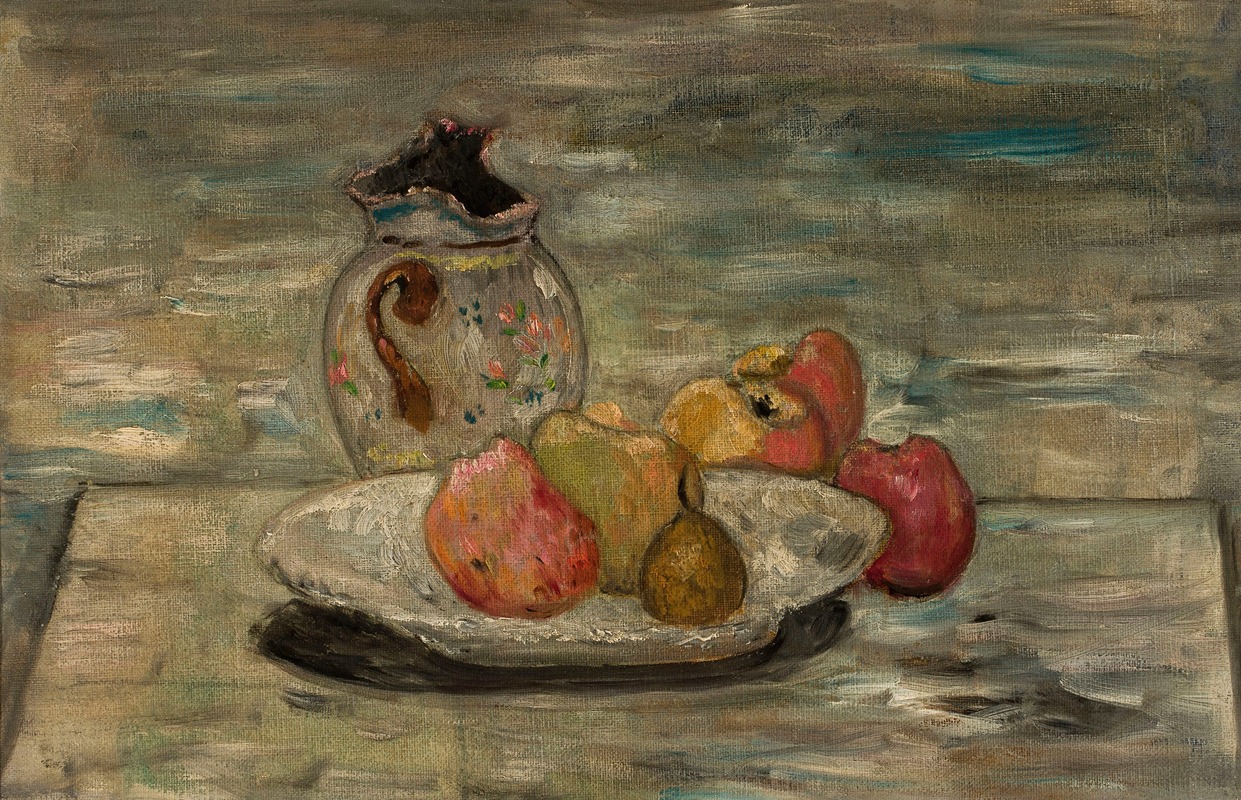
Martwa natura z ubitym dzbanem
A hand-painted replica of Tadeusz Makowski’s masterpiece Martwa natura z ubitym dzbanem, meticulously crafted by professional artists to capture the true essence of the original. Each piece is created with museum-quality canvas and rare mineral pigments, carefully painted by experienced artists with delicate brushstrokes and rich, layered colors to perfectly recreate the texture of the original artwork. Unlike machine-printed reproductions, this hand-painted version brings the painting to life, infused with the artist’s emotions and skill in every stroke. Whether for personal collection or home decoration, it instantly elevates the artistic atmosphere of any space.
Tadeusz Makowski (1882-1932) was a prominent Polish painter known for his unique style that combined elements of Cubism and folk art. One of his notable works is "Martwa natura z ubitym dzbanem" (Still Life with a Broken Jug), which exemplifies his distinctive approach to still life painting.
Makowski was born in Oświęcim, Poland, and initially studied classical philology at the Jagiellonian University in Kraków. However, his passion for art led him to the Academy of Fine Arts in Kraków, where he studied under the guidance of Józef Mehoffer and Jan Stanisławski. In 1908, Makowski moved to Paris, where he became influenced by the avant-garde movements of the time, particularly Cubism, which was pioneered by artists like Pablo Picasso and Georges Braque.
"Martwa natura z ubitym dzbanem" is a still life painting that reflects Makowski's synthesis of Cubist techniques and his own artistic sensibilities. The painting features a broken jug, a common motif in still life art, symbolizing the fragility and impermanence of material objects. Makowski's use of geometric shapes and fragmented forms in the composition is indicative of his Cubist influence, yet he imbues the scene with a sense of warmth and nostalgia that is characteristic of his work.
The color palette of "Martwa natura z ubitym dzbanem" is subdued, with earthy tones and muted hues that create a harmonious and contemplative atmosphere. Makowski's brushwork is meticulous, and he pays close attention to the textures and surfaces of the objects depicted. The broken jug, with its jagged edges and intricate details, serves as the focal point of the composition, drawing the viewer's eye and inviting contemplation on themes of decay and renewal.
Throughout his career, Makowski remained deeply connected to his Polish roots, and his work often reflects a blend of Western avant-garde influences and traditional Polish folk art. This synthesis is evident in "Martwa natura z ubitym dzbanem," where the Cubist fragmentation is tempered by a sense of narrative and emotional depth.
Makowski's time in Paris was marked by significant artistic development and collaboration with other artists. He exhibited his works in various salons and galleries, gaining recognition for his unique style. Despite his success in France, Makowski maintained strong ties to the Polish art community and continued to exhibit in Poland as well.
"Martwa natura z ubitym dzbanem" is a testament to Tadeusz Makowski's ability to merge different artistic influences into a cohesive and evocative whole. The painting not only showcases his technical skill and innovative approach to composition but also reflects his philosophical musings on the nature of existence and the passage of time.
Makowski's legacy as an artist is marked by his contributions to the development of modern art in Poland and his influence on subsequent generations of artists. His works, including "Martwa natura z ubitym dzbanem," continue to be celebrated for their originality, emotional depth, and masterful execution.





